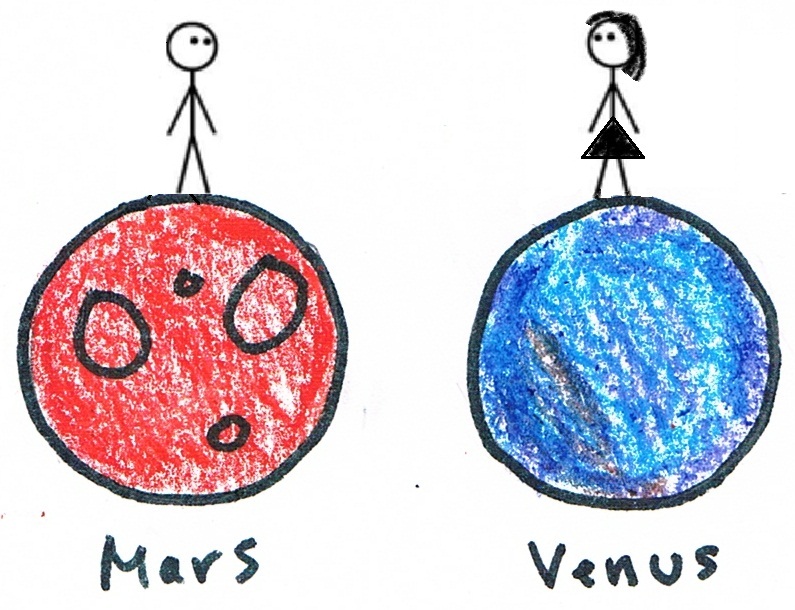2017-02-21 11:32:35
Prelude
Today's topics
- Your brain on sex
Sex and the brain
What hormone is NOT released by the hypothalamus/pituitary system?
- Oxytocin
- Vasopressin
- Melatonin
- Adrenocorticotropic hormone (ACTH)
What hormone is NOT released by the hypothalamus/pituitary system?
- Oxytocin
- Vasopressin
- Melatonin
- Adrenocorticotropic hormone (ACTH)
All of the following are components of the SAM axis, EXCEPT:
- Midbrain.
- Sympathetic nervous system.
- Adrenal medulla.
- Hypothalamus.
All of the following are components of the SAM axis, EXCEPT:
- Midbrain.
- Sympathetic nervous system.
- Adrenal medulla.
- Hypothalamus.
Factors influencing sexual development
Hormones have
- Organizing effects
- Influence sexual development
- Activating effects
- Influence sexual behavior
- But sexuality in humans is complex
Types of mating systems
- Promiscuity (both -> multiple)
- Polyandry (female -> multiple males)
- Polygyny (male -> multiple females)
- Monogamy
Mating systems
- Primates: 1/2 promiscuous (e.g., chimps); 1/3 polygynous (e.g., gorillas)
Humans vs. most mammals…
- outward signs of estrous (i.e. higher body temperature, breast swelling, sugar cravings, etc.) less obvious
- copulate throughout the reproductive cycle, not just at estrous
- after ejaculation/orgasm in males and females, oxytocin release has sedative effect
- sex in multiple positions
- couples live in large social groups
Humans vs. most primates
- large relative size of testes, ejaculate volume, and sperm count vs. most primates;
- spend more time in copulation & copulate with greater frequency than other primates
Cautionary notes
- Biology isn’t "destiny""
- “Natural” doesn’t mean morally right
- Human behavior shaped by biology AND culture
Your brain and orgasm
http://www.thevisualmd.com/read_videoguide.php?id_url=1033607627
Male and female brain activity patterns
- Before orgasm
- Amygdala, fusiform gyrus deactivation
- During orgasm
- Cerebellar activation
- Lateral orbitofrontal cortex deactivates
- Deactivation of amygdala, hippocampus
- Periaqueductal grey (PAG) activates in men
Male and female brain structures similar
Male and female brain structures similar
Consistent with previous findings (14, 15), our analysis of the structure of the human brain, which included most regions of gray and white matter, as well as measures of connectivity, revealed many nondimorphic group-level sex/gender differences in brain structure. There was extensive overlap of the distributions of females and males for all brain regions and connections assessed, irrespective of the type of sample, measure, or analysis (including analysis of absolute brain volumes)…
This extensive overlap undermines any attempt to distinguish between a “male” and a “female” form for specific brain features…
But, different connectivity patterns?
Sex differences are of high scientific and societal interest because of their prominence in behavior of humans and nonhuman species. This work is highly significant because it studies a very large population of 949 youths (8–22 y, 428 males and 521 females) using the diffusion-based structural connectome of the brain, identifying novel sex differences. The results establish that male brains are optimized for intrahemispheric and female brains for interhemispheric communication…
The developmental trajectories of males and females separate at a young age, demonstrating wide differences during adolescence and adulthood. The observations suggest that male brains are structured to facilitate connectivity between perception and coordinated action, whereas female brains are designed to facilitate communication between analytical and intuitive processing modes.
Different sizes in hypothalamic nuclei
- Sexually dimorphic nucleus of the hypothalamus
- Dimorphic means two forms
- Males >> females
- Controls male sexual behavior
Venus vs. Mars?


Next time…
- Sleep and circadian rhythms
References
Ingalhalikar, Madhura, Alex Smith, Drew Parker, Theodore D. Satterthwaite, Mark A. Elliott, Kosha Ruparel, Hakon Hakonarson, Raquel E. Gur, Ruben C. Gur, and Ragini Verma. 2014. “Sex Differences in the Structural Connectome of the Human Brain.” Proceedings of the National Academy of Sciences 111 (2): 823–28. doi:10.1073/pnas.1316909110.
Joel, Daphna, Zohar Berman, Ido Tavor, Nadav Wexler, Olga Gaber, Yaniv Stein, Nisan Shefi, et al. 2015. “Sex Beyond the Genitalia: The Human Brain Mosaic.” Proceedings of the National Academy of Sciences 112 (50): 15468–73. doi:10.1073/pnas.1509654112.
Ulrich-Lai, Yvonne M., and James P. Herman. 2009. “Neural Regulation of Endocrine and Autonomic Stress Responses.” Nature Reviews Neuroscience 10 (6): 397–409. doi:10.1038/nrn2647.


